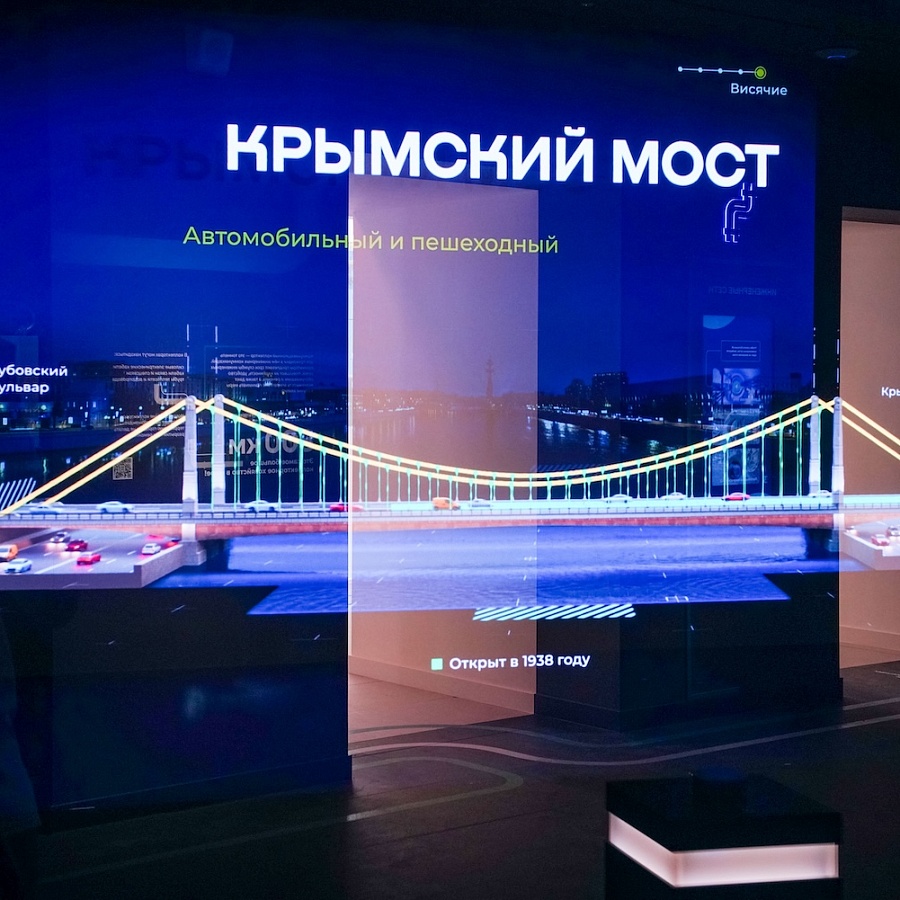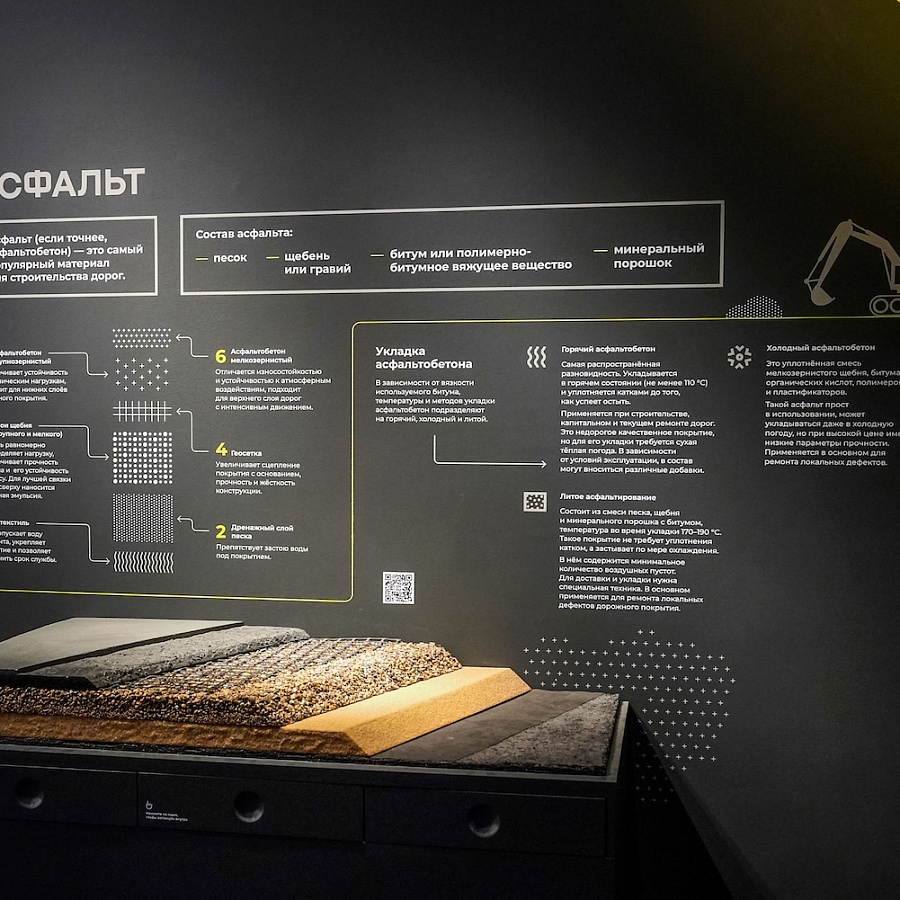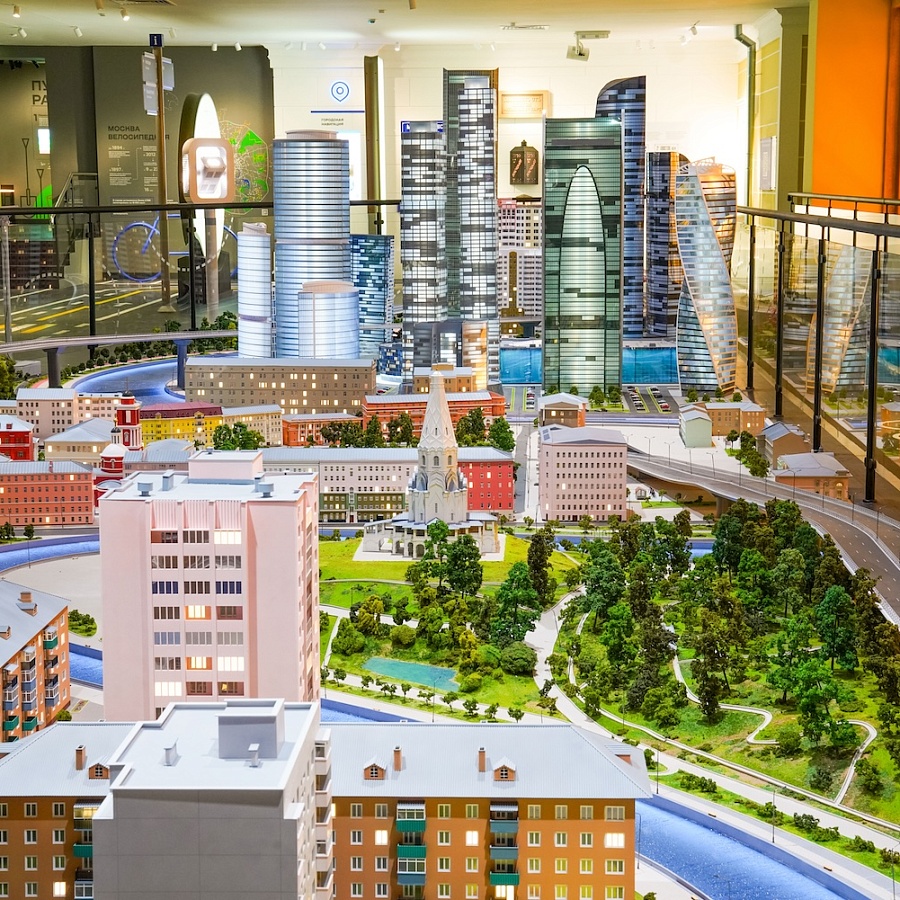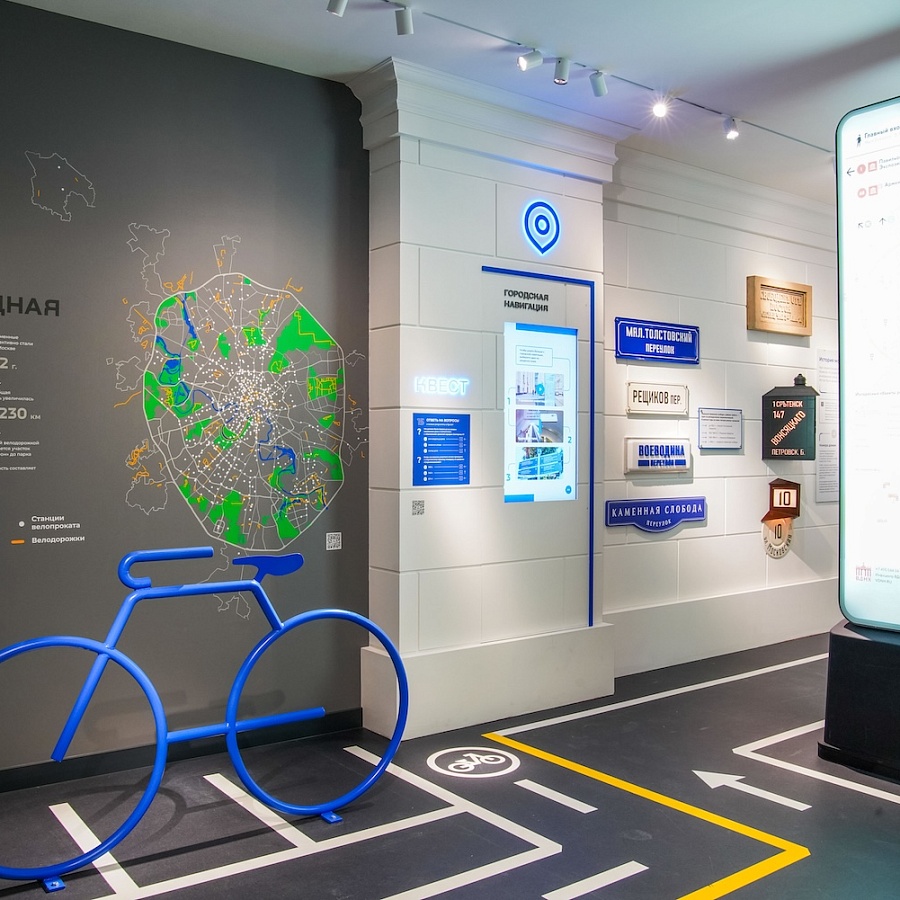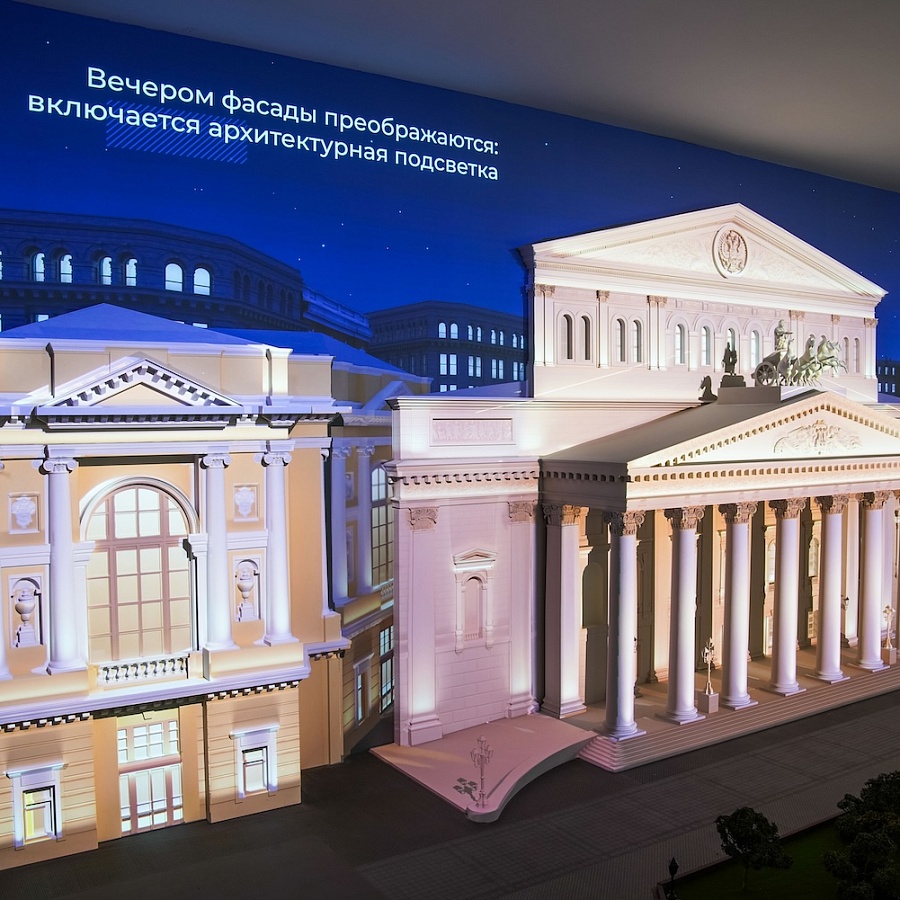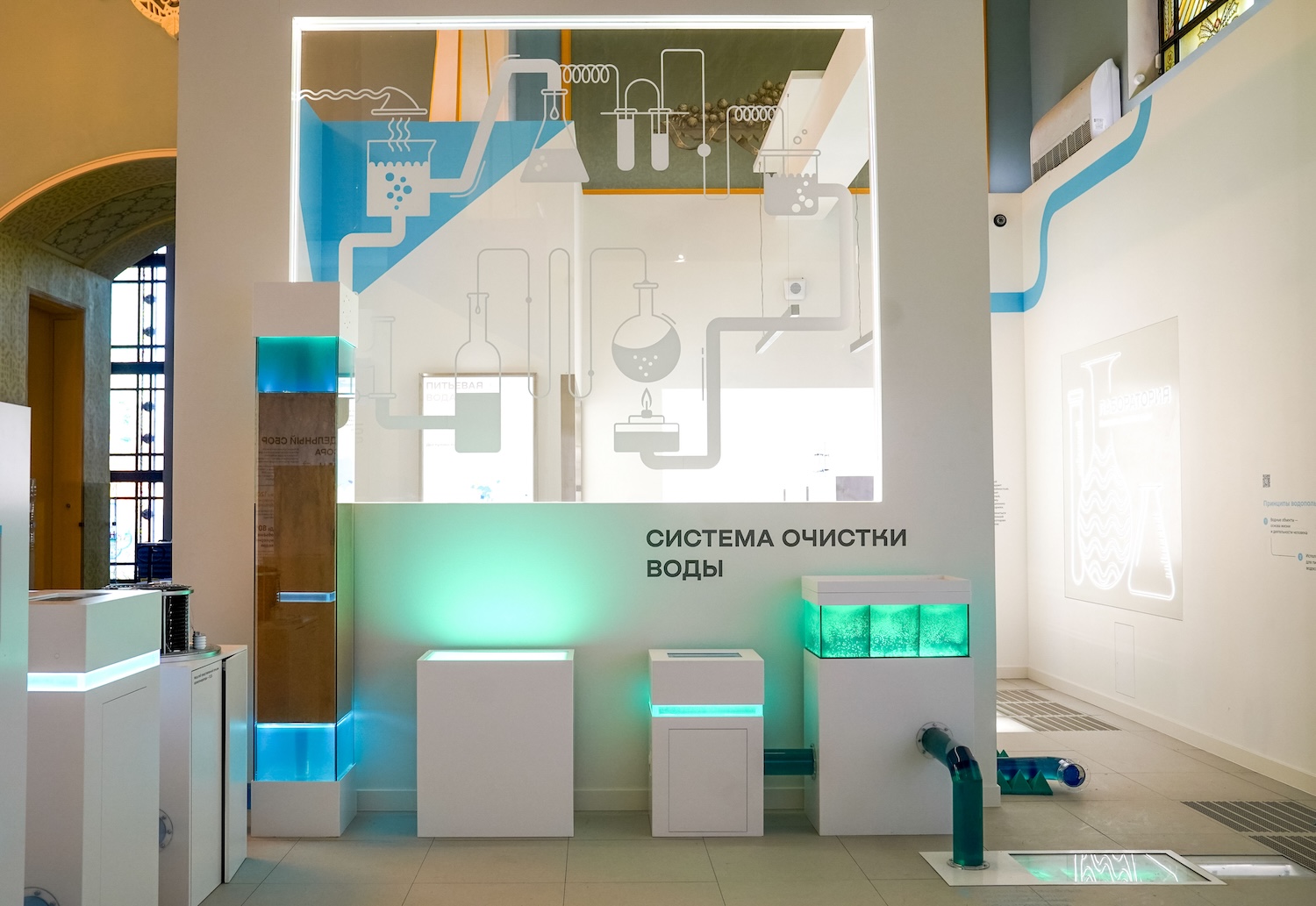
Water Supply
Do you know how much water each Moscow resident uses daily? Approximately 130 liters. This includes not only the water we drink but also the water we use for cooking, washing dishes, laundry, showers, and other needs.
Moscow receives about 3 million cubic meters of water daily. If this water were poured into railway tanks, the tanks would stretch for 475 kilometers—the distance from Moscow to Voronezh.
Moscow gets water from two rivers: the Moskva River and the Volga River.
The water from our taps is potable, meaning it can be drunk without additional purification or boiling. To ensure such safe water flows from our taps, river water undergoes several purification stages. Four water treatment plants operate in the capital: Eastern, Northern, Western, and Rublevskaya. Water from the Moskva River is treated at the Rublevskaya and Western stations, while water from the Volga goes to the Eastern and Northern stations. The entire process of producing drinking water takes from 8 to 12 hours.
Water purification begins with its extraction from rivers. The intake structure has underwater chambers through which water enters. Grates installed on the intake windows capture large debris like broken branches or leaves. To prevent fish from entering, they are deterred with air bubbles.
After passing through the intake windows, the water goes through screens that capture smaller debris. Powerful pumps then send the water to the main purification process.
First, it enters mixers where a coagulant is added. This reagent helps tiny, invisible dirt particles clump together. To mix the coagulant thoroughly, the water in the mixer bubbles and moves rapidly.
After the mixer, water enters the next chamber, flowing much slower than before. Here, the clumped dirt particles become larger and visible—they resemble flakes. This section is called the flocculation chamber. To accelerate the process, a special reagent called a flocculant is added.
Next, water moves to a settling tank—a deep and long reservoir where the water moves very slowly or almost stands still. The large, heavy flakes settle to the bottom, and the clarified water moves onward.
Then, the water passes through a sand filter. As it moves from top to bottom, remaining dirt particles are removed. The sand is periodically washed with clean water and aerated to stay clean.
After the sand filter, the water becomes transparent. But to ensure it's perfectly clean, another barrier is needed: ozone and activated carbon. Scientifically, this process is called ozonation and adsorption.
Ozone is a highly reactive and hazardous gas. It destroys particles that filters and settling tanks can't handle and kills microorganisms. After ozone has done its work, activated carbon absorbs the destroyed contaminants. Water after this purification becomes absolutely clean and tastes good.
Is that all? Can we supply water to residents now? Not quite! To ensure the water reaches your taps perfectly clean and safe, it is additionally treated with sodium hypochlorite.
This procedure is performed in almost all countries to prevent bacterial growth in water pipes. Moscow's water supply network spans nearly 13,000 km! Sodium hypochlorite is used for two reasons. First, it's a very unstable chemical compound that quickly decomposes, so by the time the water reaches your tap, it has already dissipated. Second, unlike chlorine, sodium hypochlorite is much safer to store.
The drinking water supplied to Muscovites meets all microbiological, virological, and physicochemical standards set by Russian regulations and contains no harmful impurities.
The Joint Stock Company "Mosvodokanal" is responsible for water supply and quality in the city. Its specialists monitor the quality of drinking water in our homes daily.
In our laboratory, you can use the monitors on the tables to check the quality of water in your home today.
-
The audio guide isn't playing. What should I do?
• Check the Device’s Sound. Ensure that your device’s volume is turned on and set to an adequate level.
• Check Your Internet Connection. Streaming audio requires a stable internet connection.
• Refresh the Page. Sometimes, simply refreshing the webpage can resolve the issue.
• Use a Different Browser. Try opening the page in another browser (e.g., Chrome, Firefox, Safari).
• Clear the Browser’s Cache. Go to your browser settings and clear the cache and cookies.
• Update Your Browser. Make sure you are using the latest version of your browser.
• Restart Your Device. Sometimes, a simple reboot can solve the problem.
-
The video with subtitles isn't loading or playing
• Check Your Internet Connection. The video requires a stable connection to load properly.
• Check for Updates. Ensure that your browser is updated to the latest version.
• Enable JavaScript. Some video features require JavaScript to be enabled. Check your browser settings.
• Disable Ad-Blocking Extensions. Sometimes, ad blockers can interfere with video loading. Try disabling them temporarily.
• Try Another Browser or Device. This can help determine if the issue is related to a specific browser or device.
• Restart Your Device. Sometimes, a simple reboot can solve the problem.
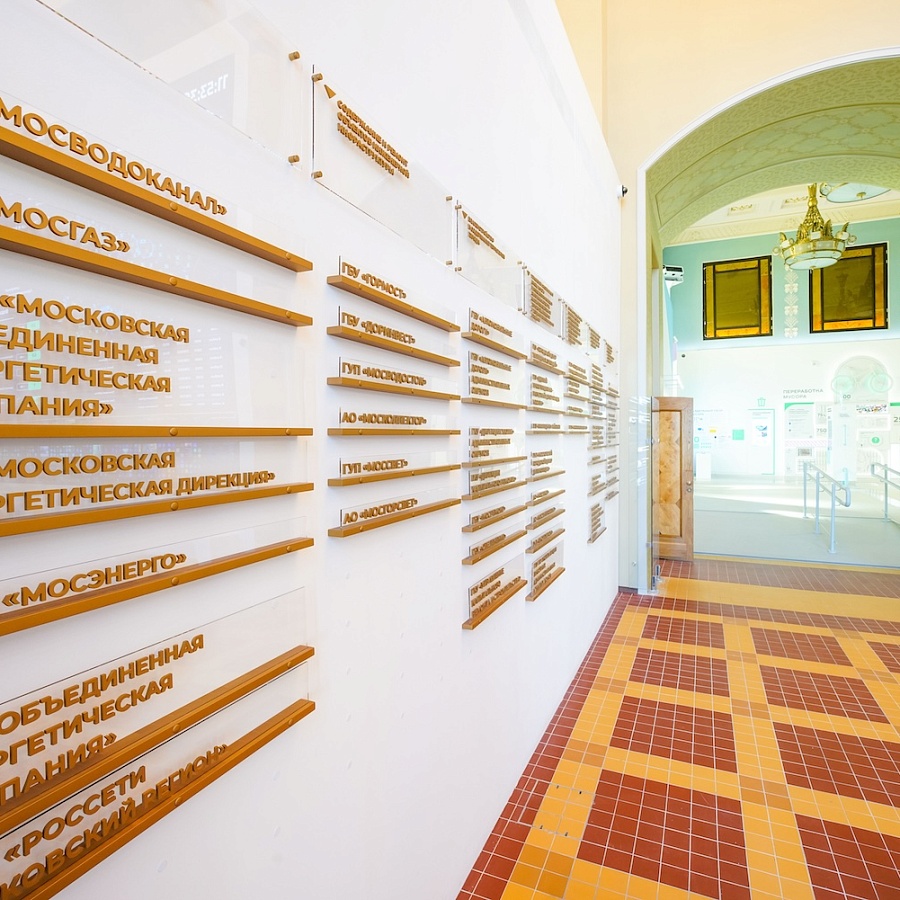
 (1).png)
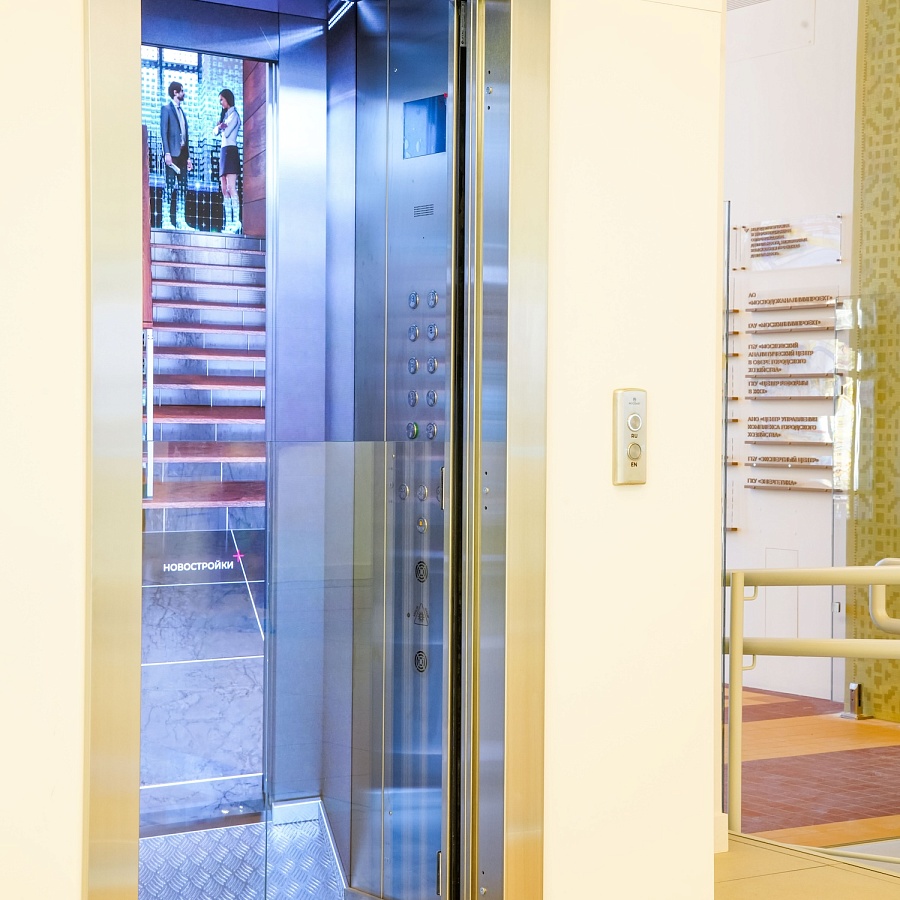
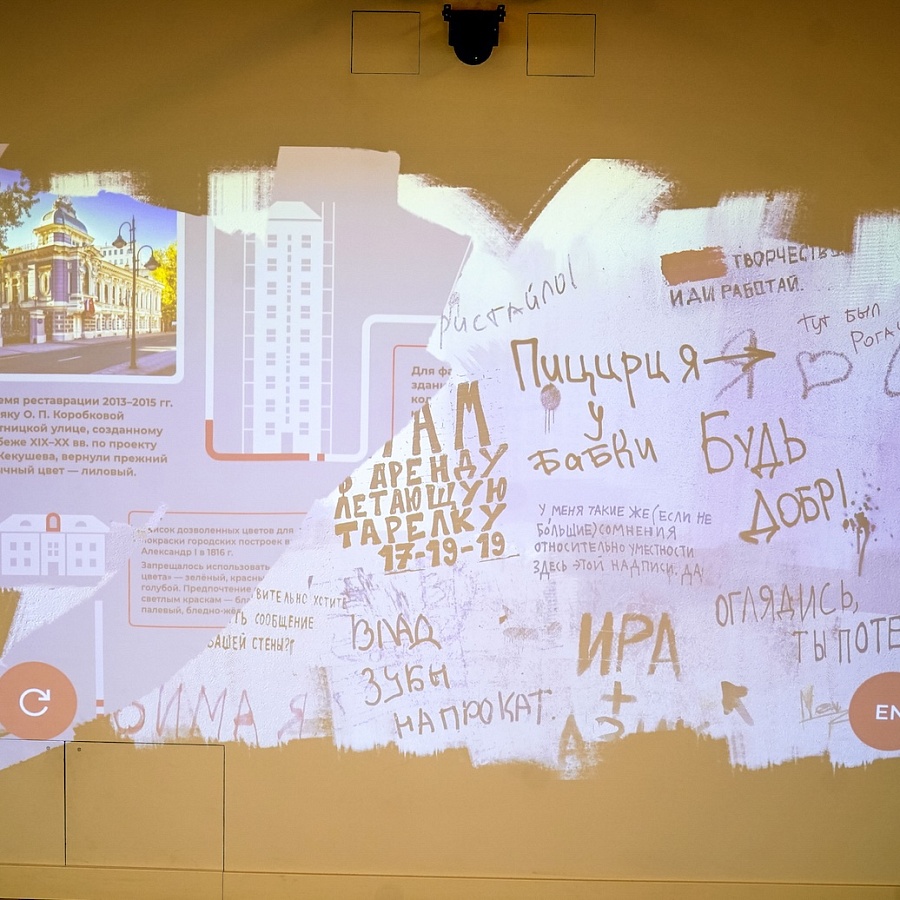
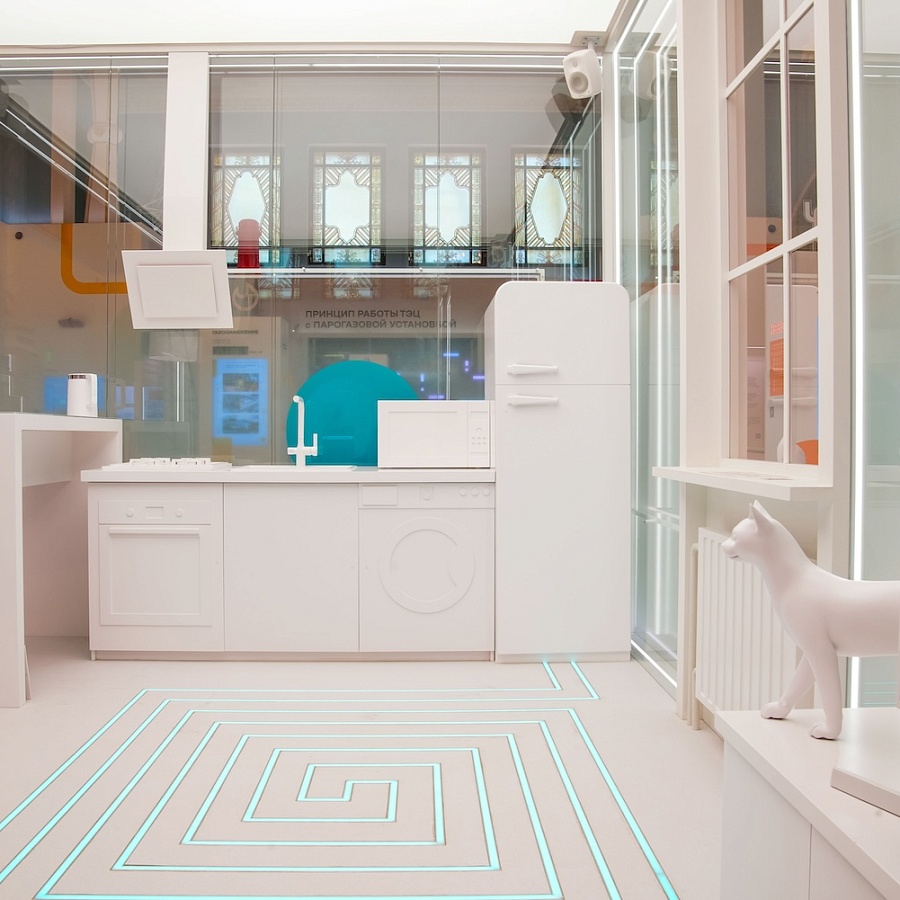

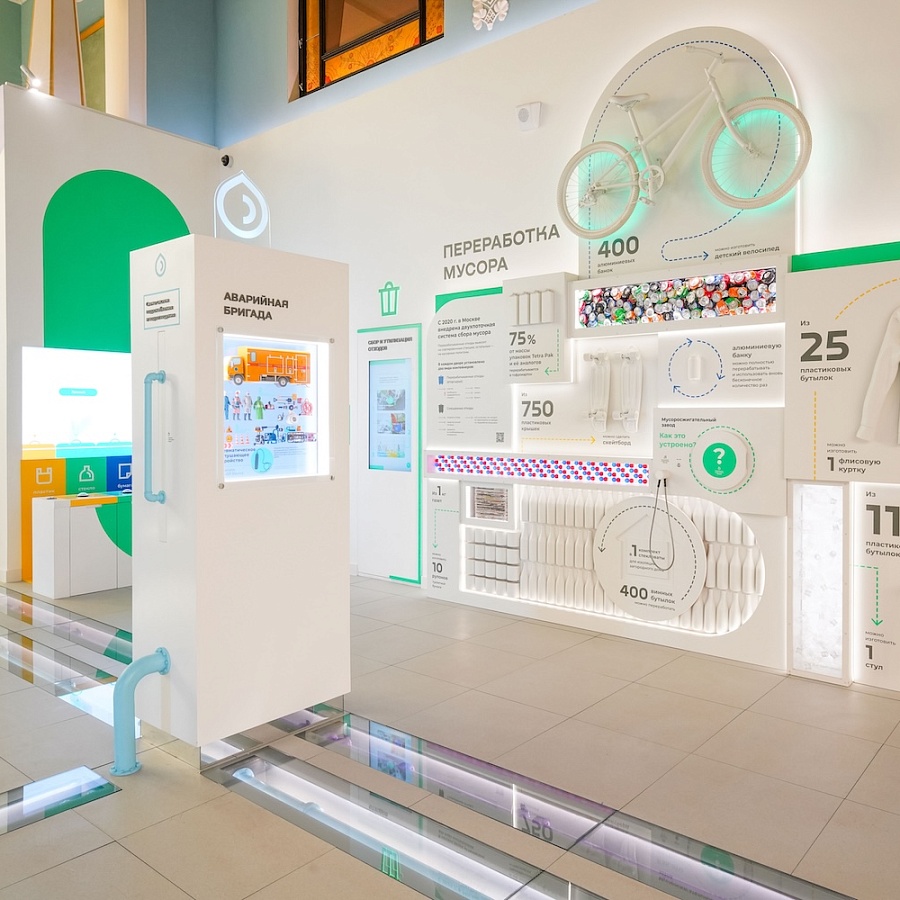
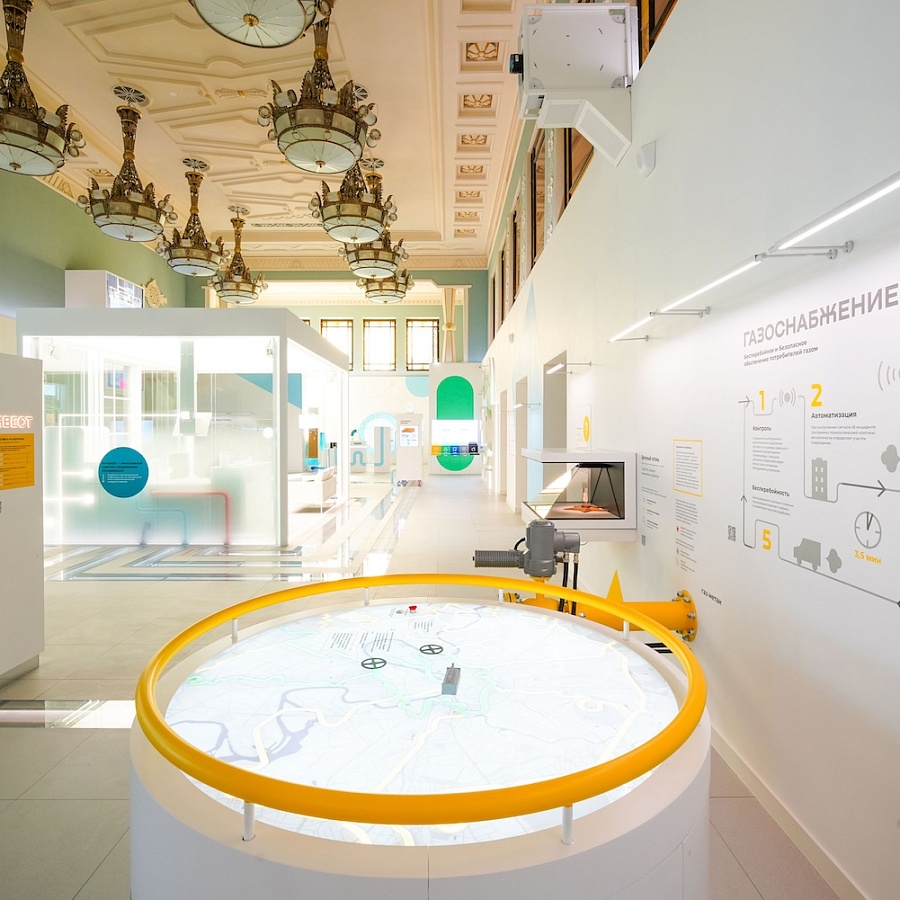
.jpg)

